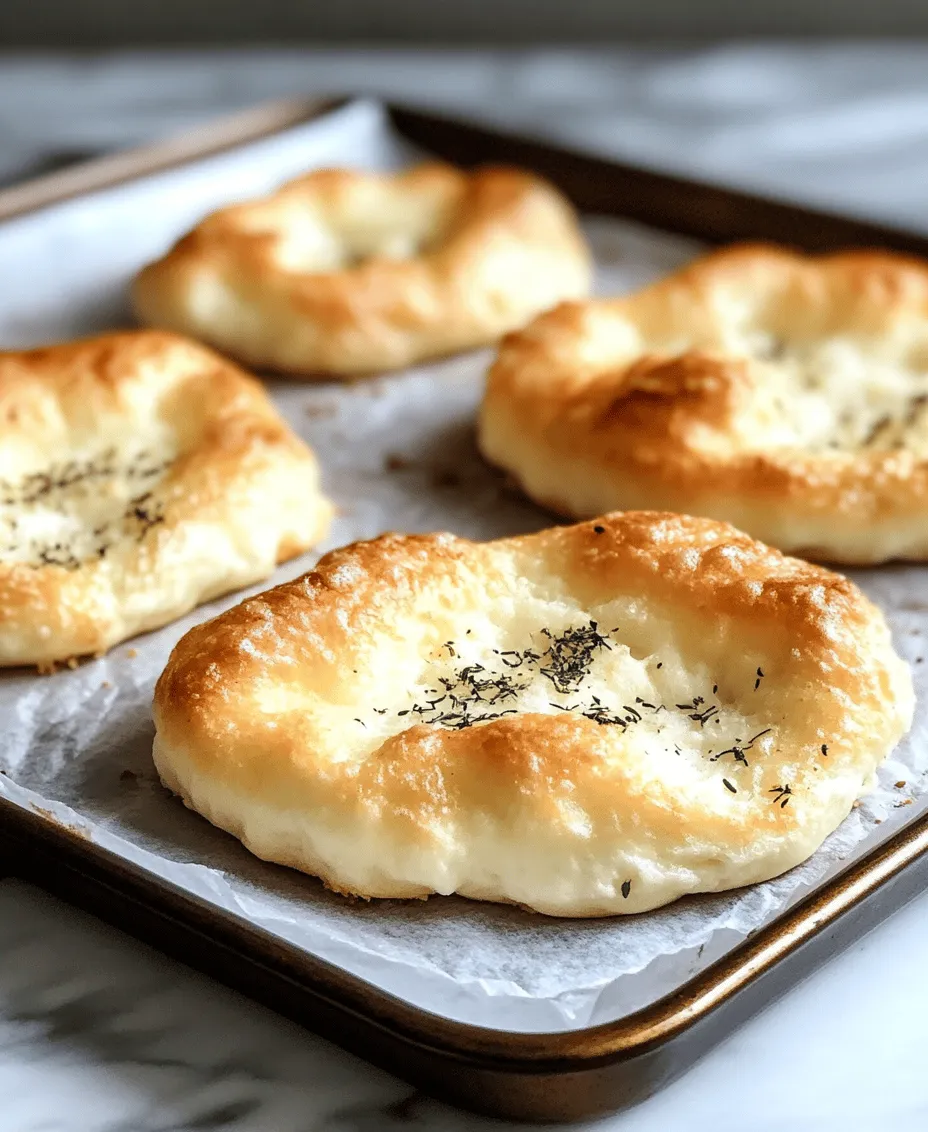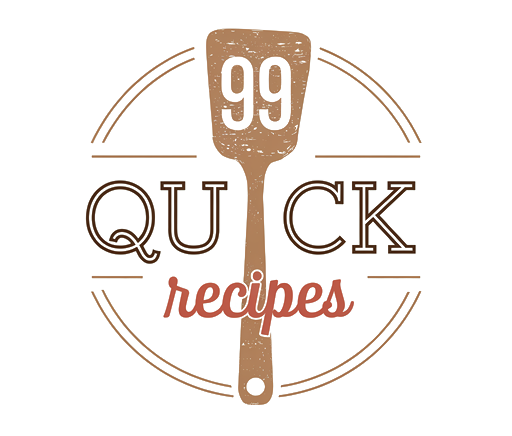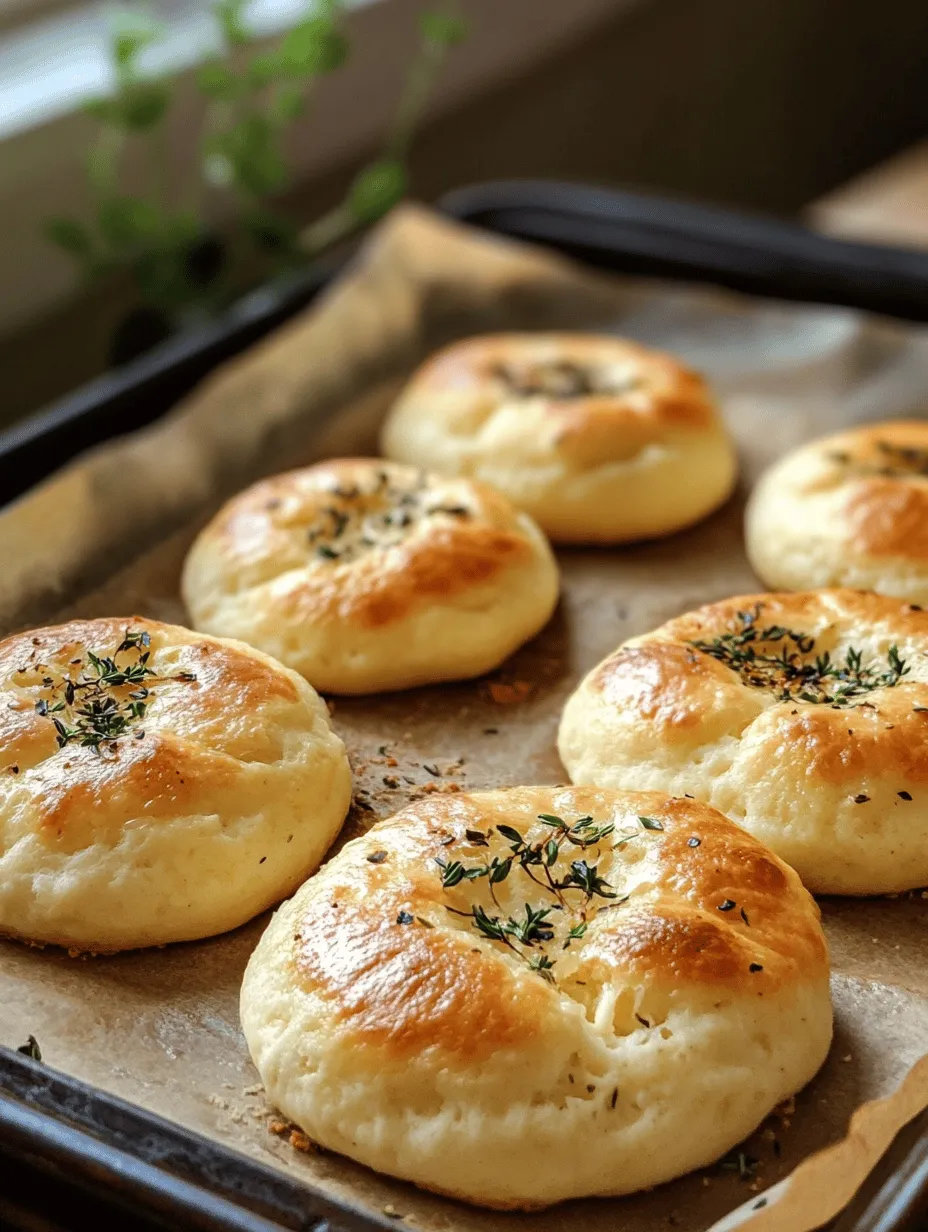Introduction
In the quest for healthier eating, many home cooks are on the lookout for alternatives to traditional bread that are both nutritious and satisfying. Enter cloud bread—a low-carb, gluten-free option that has been making waves in the culinary world. With its light texture and versatile nature, cloud bread provides a delightful departure from conventional bread, making it a favorite among those following ketogenic, paleo, or gluten-free diets.
At the heart of this recipe is cottage cheese, a protein-rich ingredient that not only enhances the bread’s texture but also adds moisture, making it a deliciously fluffy creation. Cottage cheese is often recognized for its health benefits, including high protein content and lower calories compared to more traditional bread ingredients. As the trend towards lighter, healthier bread options continues to expand, cloud bread made with cottage cheese stands out as a delicious option that can accompany various meals, serve as a base for toppings, or simply be enjoyed on its own.
Understanding Cloud Bread
The origins of cloud bread can be traced back to the popular low-carb and ketogenic diets that emphasize the reduction of carbohydrates while increasing protein intake. This innovative bread alternative has gained popularity among health-conscious eaters looking for ways to enjoy bread without the heavy carb load.
Cloud bread is defined by its unique airy texture, reminiscent of a soft cloud—hence the name. Unlike traditional bread, which relies on flour and yeast for structure, cloud bread achieves its lightness through a combination of whipped egg whites and cottage cheese, creating a fluffy result that feels indulgent without the guilt.
The Role of Cottage Cheese in Cloud Bread
Cottage cheese plays a pivotal role in cloud bread, providing both moisture and a rich source of protein. High in casein, a slow-digesting dairy protein, cottage cheese can help keep you feeling fuller for longer, making it an excellent choice for those watching their weight or seeking to maintain balanced energy levels throughout the day. The use of large curd cottage cheese is particularly beneficial, as its texture contributes to the overall fluffiness of the bread while still blending smoothly when mixed.
Comparisons with Traditional Bread Types
When comparing cloud bread to traditional types of bread, the differences are stark. Traditional bread is often laden with carbohydrates and gluten, which can lead to spikes in blood sugar levels and digestive discomfort for some individuals. In contrast, cloud bread is a low-carb alternative that is not only gluten-free but also low in calories, making it a suitable choice for those with gluten sensitivities or those following specific dietary regimens. The absence of traditional flours means that cloud bread does not require rising time, making it a quick and convenient option for a variety of meals.
Ingredients Breakdown
Creating fluffy cottage cheese cloud bread requires a few simple ingredients, each serving a specific purpose in achieving the perfect texture and flavor. Here’s a detailed breakdown of what you’ll need:
Cottage Cheese
Cottage cheese is the star ingredient in this recipe. Its nutritional benefits are numerous: it’s rich in protein, low in fat, and contains essential vitamins and minerals. When selecting cottage cheese, opting for large curd varieties is recommended. The larger curds lend a more substantial texture to the bread, allowing it to hold its shape while still remaining fluffy.
Eggs
Eggs are another critical component of cloud bread. The recipe calls for whole eggs, but the magic truly lies in the separation of the whites and yolks. The egg whites are whipped until they form stiff peaks, which is essential for creating the airy structure of the cloud bread. The yolks add richness and flavor, ensuring the final product is not only light but also satisfying.
Cream of Tartar
This often-overlooked ingredient plays a vital role in cloud bread. Cream of tartar is an acidic powder that helps stabilize whipped egg whites, allowing them to maintain their volume when baked. Without it, the egg whites may deflate, resulting in denser bread. Using cream of tartar is key to achieving that perfect cloud-like texture.
Almond Flour
Almond flour is a popular choice in low-carb baking, and for good reason. Made from finely ground almonds, almond flour is gluten-free and lower in carbohydrates compared to traditional wheat flour. It adds a nutty flavor and a pleasant texture to the cloud bread, contributing to both its structure and taste.
Baking Powder and Salt
Baking powder is included to provide additional leavening, ensuring that the bread rises properly in the oven. A pinch of salt is also crucial, as it enhances the overall flavor of the bread and balances the sweetness of the cottage cheese.
Optional Flavorings
While this recipe yields a delicious basic version of cloud bread, there’s plenty of room for creativity. Optional flavorings can include herbs, garlic powder, or even spices like paprika for a savory twist. Adding a touch of vanilla extract or a sweetener can transform the bread into a delightful sweet treat perfect for breakfast or snacks.
Preparation Process
Now that we’ve covered the ingredients, let’s dive into the step-by-step preparation of fluffy cottage cheese cloud bread. This process is straightforward and can be completed in just a few easy steps.
Preheating the Oven
Before you begin mixing, it’s essential to preheat your oven to 300°F (150°C). Proper temperature is crucial in baking, as it ensures that the bread cooks evenly and achieves the desired fluffy texture. Preheating also helps activate the baking powder, allowing the bread to rise properly.
Blending Cottage Cheese
The first step in preparing your cloud bread is to blend the cottage cheese until smooth. This can be done using a food processor or a blender. The goal is to break down the curds into a creamy consistency without any lumps. Once blended, transfer the cottage cheese to a mixing bowl and set it aside while you prepare the eggs.
Separating the Eggs
Next, separate the egg whites from the yolks. Place the whites in a clean, dry mixing bowl, ensuring that no yolk gets into the whites, as this can prevent them from whipping properly. The yolks will be added to the cottage cheese mixture later.
Whipping Egg Whites
Using an electric mixer, whip the egg whites on medium-high speed until stiff peaks form. This process typically takes about 3-5 minutes. You’ll know the egg whites are ready when they hold their shape and appear glossy. Be patient and avoid over-whipping, as this can lead to dry egg whites.
Combining Ingredients
Once the egg whites are whipped, gently fold them into the cottage cheese mixture along with the egg yolks, cream of tartar, almond flour, baking powder, and salt. Use a spatula to incorporate the ingredients carefully, taking care not to deflate the egg whites. The goal is to maintain the airy texture while ensuring everything is well combined.
Scooping and Baking
After the mixture is prepared, use a spoon or cookie scoop to portion the batter onto a parchment-lined baking sheet. Shape each mound gently, keeping them about 1 inch apart to allow for spreading. Bake in the preheated oven for approximately 25-30 minutes, or until the bread is golden brown and firm to the touch.
By following these steps, you’ll be well on your way to creating a deliciously fluffy cottage cheese cloud bread that serves as a versatile base for sandwiches, a side for soups, or even a standalone snack. Enjoy the process, and prepare to delight in the lightness and flavor that this recipe brings to your dining table.

Whipping Egg Whites: Techniques for Achieving Stiff Peaks
Whipping egg whites is a critical step in making fluffy cottage cheese cloud bread. The goal is to achieve stiff peaks, which will provide the necessary lift and airy texture to the bread. To begin, ensure that your mixing bowl and beaters are clean and dry; any grease or moisture can hinder the egg whites from whipping properly.
Start by separating the egg whites from the yolks, taking care to avoid any yolk in the whites. This can be done using the shell method or by using an egg separator. Once separated, let the egg whites come to room temperature, as this helps them whip up more efficiently.
Using a stand mixer or an electric hand mixer, begin whipping the egg whites on medium speed. Once they become frothy, increase the speed to high. Adding a pinch of cream of tartar at this stage can help stabilize the egg whites, ensuring that they hold their shape. Continue to whip until the egg whites form soft peaks, then gradually add a tablespoon of granulated sugar if desired, while continuing to beat until you reach stiff peaks. At this stage, the egg whites should stand upright when the beaters are lifted, and the mixture should appear glossy.
Combining Ingredients: Tips for Ensuring a Well-Mixed Batter
Once your egg whites are whipped to perfection, it’s time to combine them with the other ingredients. The base of your cloud bread consists of cottage cheese, egg yolks, and any seasoning you choose, such as salt, garlic powder, or herbs. For a well-mixed batter, start by blending the cottage cheese and egg yolks in a separate bowl until smooth. A food processor or immersion blender can help achieve a creamy consistency, which is essential for a uniform batter.
Once the cottage cheese and yolk mixture is smooth, gently fold in the whipped egg whites in three parts. This gradual incorporation helps maintain the airiness of the egg whites, which is essential for the cloud-like texture of the bread. Use a spatula to lift and fold the mixture, turning the bowl as you go, until no streaks remain. Be careful not to overmix, as this can deflate the egg whites and result in denser bread.
Folding Technique: Importance of Maintaining Air for Fluffiness
Folding is a delicate technique that requires a gentle touch. To maintain the air incorporated into the whipped egg whites, use a spatula or a large spoon to scoop from the bottom of the bowl and lift the mixture over the top. Rotate the bowl as you fold, making sure to scrape the sides and bottom to ensure even mixing. This technique allows the batter to stay light and fluffy, which is crucial for achieving the perfect texture in your cottage cheese cloud bread.
If you notice any deflation of the egg whites, take a moment to adjust your folding technique. The mixture should remain airy, so aim for a gentle, circular motion rather than vigorous stirring. With practice, you’ll get a feel for how much pressure to apply without compromising the volume of the batter.
Shaping the Cloud Bread: Creative Ways to Form the Mounds
Once your batter is mixed, it’s time to shape it into rounds for baking. You can use a baking sheet lined with parchment paper for easy cleanup. For even mounds, consider using an ice cream scoop or a large spoon to portion out the batter. Aim for about a 1/4 cup of batter for each mound, making sure to leave enough space between them to allow for expansion during baking.
For a creative touch, you can shape the mounds into different forms. Try using the back of a spoon to create a slight indentation in the center of each mound, which can serve as a small pocket for toppings later. Alternatively, for a more rustic look, you can simply dollop the batter onto the baking sheet without smoothing it out, allowing the tops to develop a natural, cloud-like texture as they bake.
Baking Instructions
Now that your cloud bread mounds are shaped, it’s time to bake them to perfection.
Ideal Oven Temperature: Why 300°F (150°C) Works Best
Preheat your oven to 300°F (150°C). This lower temperature is essential for cloud bread because it allows for a slower, even bake. A hot oven can cause the outside to brown too quickly, leaving the inside undercooked. Baking at this temperature ensures that the egg whites dry out gently, maintaining their structure and resulting in a fluffy texture.
Baking Time: Recognizing Doneness Through Color and Texture
Bake your cloud bread for about 25 to 30 minutes, or until the mounds are set and lightly golden on the outside. Keep an eye on them in the last few minutes of baking, as oven temperatures can vary. The cloud bread should feel firm to the touch and have a slightly crisp exterior. If you tap the bottom of a mound, it should sound hollow, indicating that they are fully baked.
Cooling Tips: Best Practices for Cooling and Serving
Once baked, remove the cloud bread from the oven and allow it to cool on the baking sheet for about 5 minutes before transferring it to a wire rack. This cooling process helps the bread set and prevents it from becoming soggy. For the best texture, serve the cloud bread warm or at room temperature.
Serving Suggestions
Fluffy cottage cheese cloud bread is incredibly versatile and can be enjoyed in numerous ways.
As a Sandwich Base: Ideas for Fillings That Complement Cloud Bread
One of the most popular ways to enjoy cloud bread is as a sandwich base. Its light texture makes it perfect for holding various fillings. Try it with sliced turkey, lettuce, and avocado for a healthy lunch option. For a vegetarian twist, layer it with hummus, roasted bell peppers, and sprouts. You can even make mini sliders by adding burger patties and your favorite condiments.
Toppings and Spreads: Suggestions for Light Toppings That Enhance Flavor
In addition to being used as a sandwich, cloud bread can also be topped with a variety of spreads. Cream cheese or goat cheese pairs wonderfully with fresh herbs or smoked salmon. For a sweet treat, spread almond butter or peanut butter drizzled with honey on top. Fresh fruit like strawberries or blueberries can elevate your cloud bread into a delightful breakfast option.
Pairing with Meals: How Cloud Bread Can Accompany Various Dishes
Cloud bread can also serve as a delightful accompaniment to your meals. It pairs well with soups, salads, or alongside a charcuterie board. Its lightness contrasts beautifully with heavier dishes, making it a great addition to a dinner table. Consider serving it with a hearty stew or chili, where it can be used to scoop up the delicious flavors.
Nutritional Information
Fluffy cottage cheese cloud bread is not only delicious but also offers impressive nutritional benefits.
Caloric Breakdown Per Serving
Each serving of cloud bread contains approximately 30-40 calories, depending on the size of the mounds and the specific ingredients used. This makes it a low-calorie option compared to traditional bread, appealing to those looking to reduce their caloric intake.
Macronutrient Profile: Proteins, Fats, and Carbohydrates
Cloud bread is high in protein due to the cottage cheese and egg whites, providing around 6-7 grams of protein per serving. It is low in carbohydrates, with roughly 1-2 grams per serving, making it a great option for those following low-carb or ketogenic diets. The fat content is minimal, usually around 1-2 grams, primarily from the cottage cheese.
Health Benefits of the Ingredients
The primary ingredients in cloud bread, cottage cheese and egg whites, are both rich in nutrients. Cottage cheese provides calcium, which is essential for bone health, and is a great source of casein protein, which digests slowly, keeping you fuller for longer. Egg whites are low in fat and packed with high-quality protein, making them an excellent choice for muscle repair and growth.
Conclusion
Fluffy cottage cheese cloud bread is a delightful alternative to traditional bread that fits seamlessly into various dietary preferences. Its light and airy texture, achieved through careful whipping and folding techniques, makes it a standout option for sandwiches, toppings, and meal accompaniments. Not only is this bread delicious and versatile, but it also offers impressive nutritional benefits, making it a guilt-free indulgence.
We encourage you to experiment with your own flavor variations, from adding herbs and spices to trying different toppings. The delightful experience of baking this unique bread will surely impress your family and friends, and once you start, you may find it hard to go back to regular bread. Enjoy the journey of creating fluffy cottage cheese cloud bread and savor every bite!

